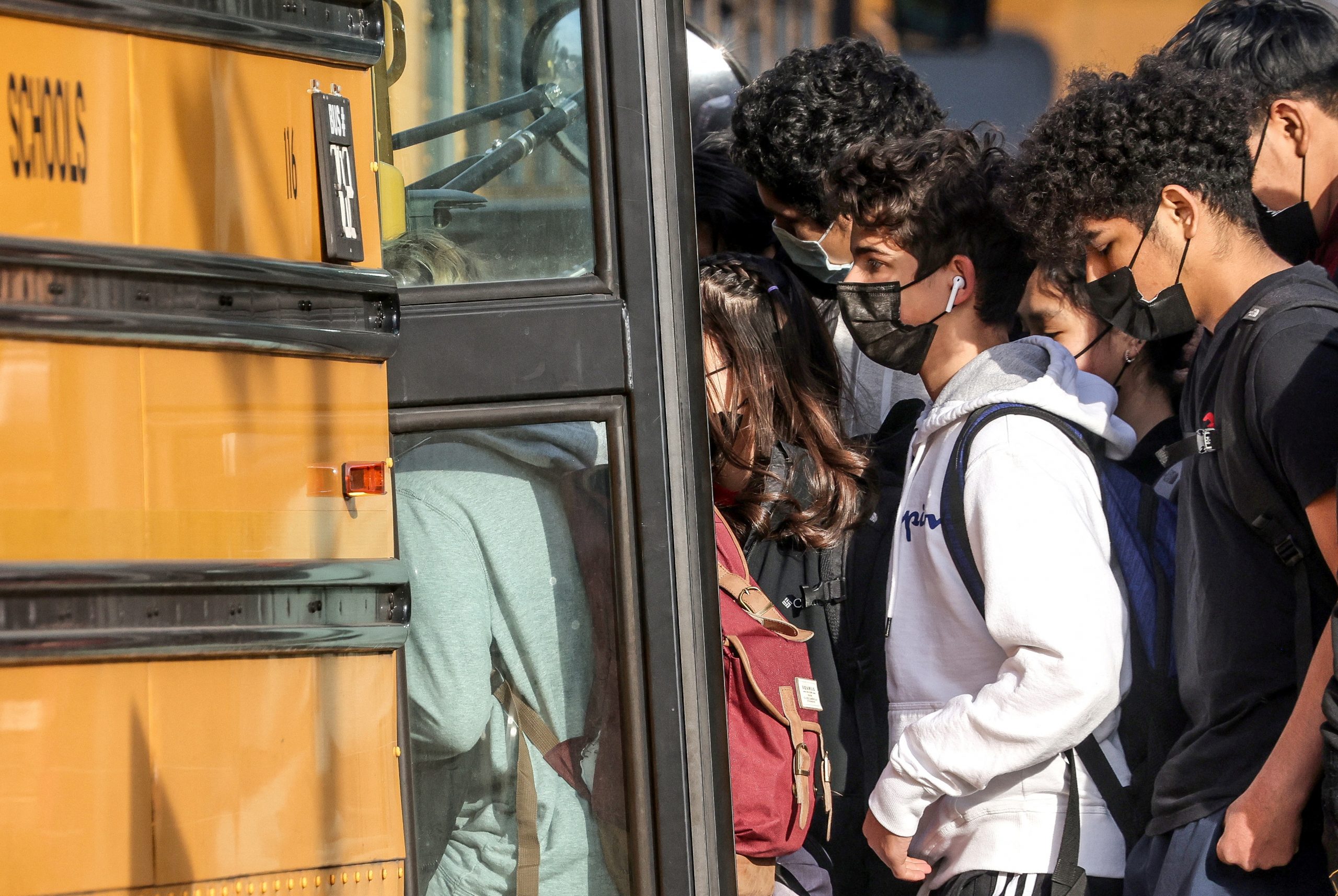
Megan Udinski, FISM News
[elfsight_social_share_buttons id=”1″]
A nationwide survey administered by the CDC shows a continued upward trend of youth mental health threats during the COVID-19 pandemic.
The Adolescent Behaviors and Experiences Survey (ABES) looked at data from 7,705 high school students who nationally represent the adolescent demographic. In general, the study concluded that an increase in daily life disruption, perceived racism, and a need for school connectedness have come out of the pandemic.
The questionnaire consisted of 110 questions on topics ranging from demographic questions to drug/alcohol use to pandemic specific inquiries. According to Debra Houry, the CDC’s acting principal deputy director, “The COVID-19 pandemic has created traumatic stressors that have the potential to further erode students’ mental wellbeing. Our research shows that surrounding youth with the proper support can reverse these trends and help our youth now and in the future.”
Kathleen Ethier, director of the CDC’s Division of Adolescent and School Health, announced in a Thursday media briefing, “We found that over a third of students reported stress, anxiety and depression during the pandemic, and 44% of students said that in the previous year they had felt so persistently sad and hopeless that they were unable to engage in their regular activities.”
Additionally, 55% of students reported experiencing emotional abuse by a parent or adult in the household. This was defined as being sworn at, put down or insulted. 11% of students reported physical abuse by an adult in the home.
ABES also shone a spotlight on questions about racism. Approximately one-third of students who responded to the questionnaire reported experiencing racism before or during the pandemic. More specifically, 64% of Asian students polled and 55% of black and mixed-race students felt they’d experienced racism during their lifetime.
The CDC findings point to an alarming mental health crisis among teens in the U.S. The study found that more than two in five teens reported feeling “persistently sad or hopeless,” and one in five said they have contemplated suicide.
However, the questionnaire did not address questions about mask mandates, social distancing, or the growing political divide affecting the students’ well-being. The CDC is utilizing the results from the study to emphasize the value of connection to school leaders as the primary solution to these mental health issues.
Ethier stated, “School connectedness is a key to addressing youth adversities at all times – especially during times of severe disruptions. Students need our support now more than ever, whether by making sure that their schools are inclusive and safe or by providing opportunities to engage in their communities and be mentored by supportive adults.”
Jonathan Mermin, the CDC’s lead center for monitoring and addressing school-based health remarked, “In the face of adversity, support from schools, families, and communities protects adolescents from potentially devastating consequences. These data tell us what works. So, what will it take for our schools and communities to help youth withstand the challenges of the COVID-19 pandemic and beyond?”
Unfortunately, schools have gotten more intent on confusing children with arguments of Critical Race Theory, gender identity, ‘anti-American’ views, and inclusion. Instead of being part of the solution, many schools have been the source of the problem.
For the Christian parent, we are called to train our children in the way of the Lord, that when they are older, they will not depart from these teachings. This means being an example for our children, keeping our sights set on Christ and living in obedience to the Word of God.
